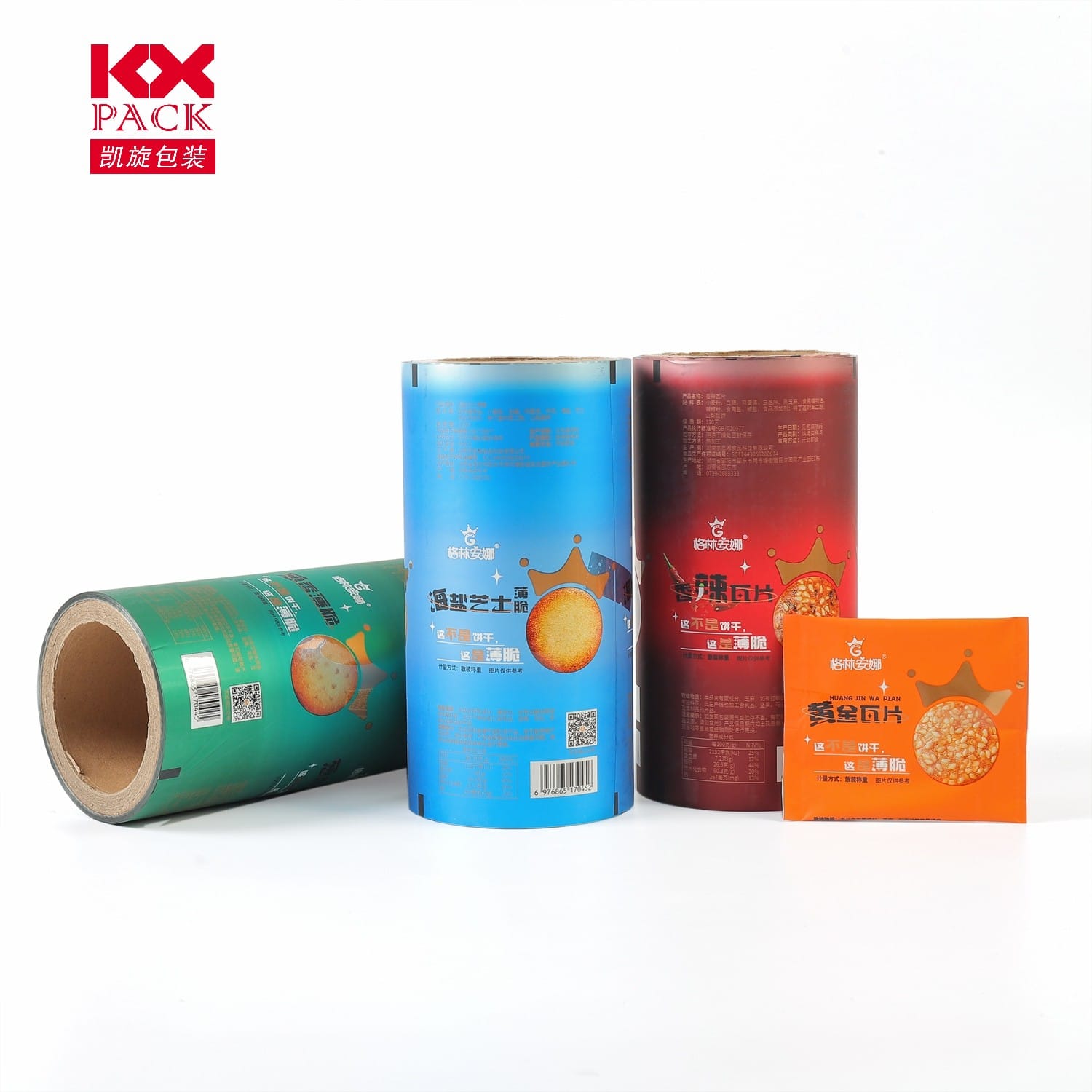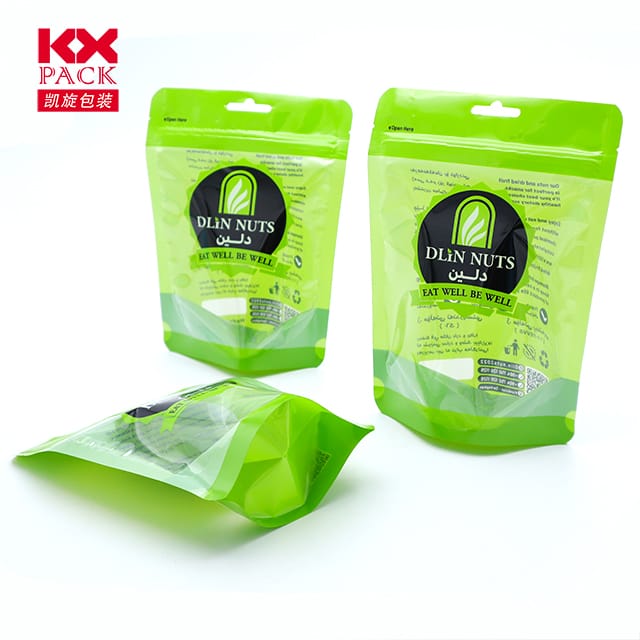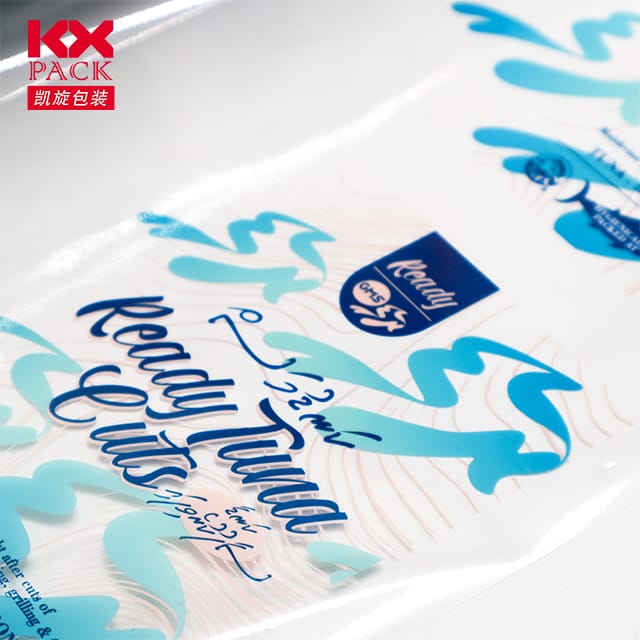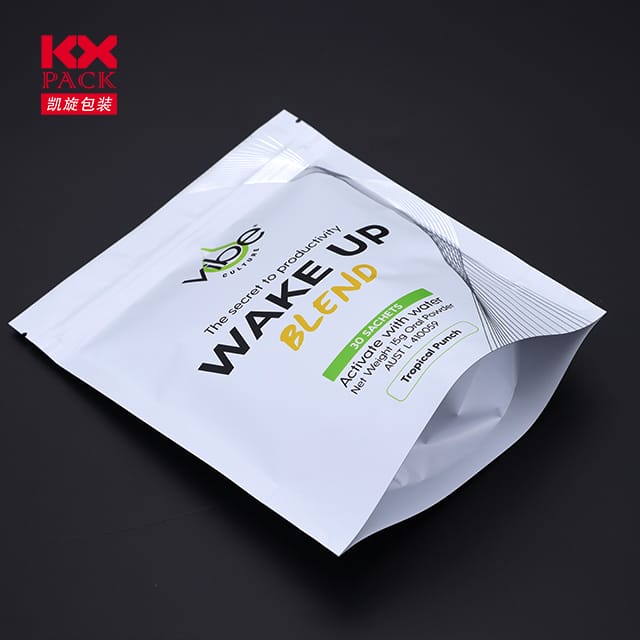تطور فيلم تعبئة الحليب: موازنة الابتكار, الاستدامة, والوظائف
فيلم تعبئة الحليب
Milk packaging might seem like a simple everyday necessity, لكن الفيلم كان يلف, ختم, والحفاظ عليها هي أعجوبة من الهندسة الحديثة. من الورق التقليدي المشمع إلى المواد البلاستيكية متعددة الطبقات المتقدمة, تطور فيلم تعبئة الحليب لتلبية مطالب صارمة للسلامة, الحياة الافتراضية, والتأثير البيئي. Let’s explore how this humble material has transformed—and what the future holds for keeping our milk fresh and our planet healthier.
The History of Milk Packaging: From Glass to Flexible Films
For centuries, milk was delivered in glass bottles, a method that dominated until the mid-20th century. While glass is recyclable and non-reactive, it’s heavy, fragile, and energy-intensive to produce. The rise of plastic packaging in the 1960s revolutionized the dairy industry, offering lightweight, فعالة من حيث التكلفة, and shatterproof alternatives.
Early فيلم تعبئة الحليب were typically made from low-density polyethylene (البولي إثيلين المنخفض الكثافة), a flexible material that protected milk from light and oxygen. لكن, these single-layer films had limitations—they lacked barrier properties and often required additional materials (like cardboard cartons) to extend shelf life.
Modern Milk Packaging Film: A Symphony of Layers and Science
Today’s فيلم تعبئة الحليب are engineered for peak performance. Most use multi-layer co-extrusion أو التصفيح to combine different materials, each serving a specific purpose:
- Barrier Layers:
- الكحول فينيل الإيثيلين (إيفوه) أو aluminum foil block oxygen, رُطُوبَة, and light—key culprits in milk spoilage.
- These layers prevent off-flavors, nutrient loss, and bacterial growth, keeping milk fresh for weeks.
- Sealant Layers:
- البولي إيثيلين (PE) أو البولي بروبيلين (ص) provide heat-sealable properties, ensuring leak-proof packaging.
- Structural Layers:
- Oriented Polypropylene (OPP) أو biaxially oriented polyethylene terephthalate (احذر) add strength and puncture resistance.
- Printable Layers:
- Some films include coatings for high-quality branding and labeling.
This layered approach creates a lightweight, متين, and highly functional package that extends shelf life while reducing food waste.
تحديات الاستدامة: The Push for Eco-Friendly Alternatives
While modern فيلم تعبئة الحليب excel in functionality, their environmental footprint is a growing concern. Traditional plastic films are often non-recyclable due to their multi-material composition, ending up in landfills or oceans.
To tackle this, the industry is exploring innovative solutions:
- Bio-Based and Compostable Films:
- Films made from حمض بولييلاكتيك (جيش التحرير الشعبى الصينى), derived from renewable resources like corn starch, are biodegradable in industrial composting facilities.
- لكن, تبقى التحديات, such as compatibility with recycling streams and limited composting infrastructure.
- Recyclable Monomaterial Films:
- Brands are shifting toward single-polymer films (على سبيل المثال, all-PE or all-PP) that are easier to recycle.
- Advances in adhesive technology allow these films to maintain barrier properties without sacrificing recyclability.
- Reduced Material Use:
- أرق, lighter films (down to 20–30 microns) use less plastic while retaining strength.
- أنظمة التعبئة والتغليف القابلة لإعادة الاستخدام:
- Some dairies are testing returnable, refillable containers to minimize single-use waste.
The Role of Technology: Smart Films and Beyond
The future of milk packaging isn’t just about sustainability—it’s about smart functionality. Emerging technologies include:
- العبوة النشطة: Films embedded with antioxidants or antimicrobial agents to further extend shelf life.
- ملصقات ذكية: Time-temperature indicators that alert consumers to spoilage.
- تقنية النانو: Ultra-thin barrier coatings that reduce material use without compromising protection.
Consumer Expectations: Convenience Meets Conscience
Today’s shoppers demand packaging that’s convenient, safe, and eco-friendly. Milk brands must navigate these expectations by:
- Investing in recyclable or compostable options.
- Educating consumers on proper disposal (على سبيل المثال, “widely recyclable” labels).
- Collaborating with governments and recyclers to improve infrastructure.
الأفكار النهائية: A Glass Half Full of Innovation
Milk packaging film has come a long way from glass bottles and single-use plastics. The next frontier balances functionality with sustainability, ensuring that our milk stays fresh while minimizing waste. As technology advances and consumer awareness grows, the dairy industry is poised to lead the charge in creating packaging that’s good for both people and the planet.
What’s your take on milk packaging? Do you prefer traditional cartons, recyclable pouches, or reusable containers? دعنا نناقش في التعليقات! 🥛🌱







